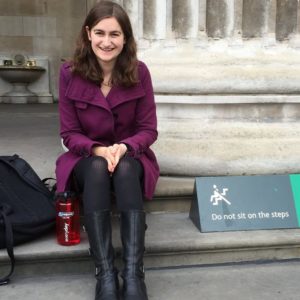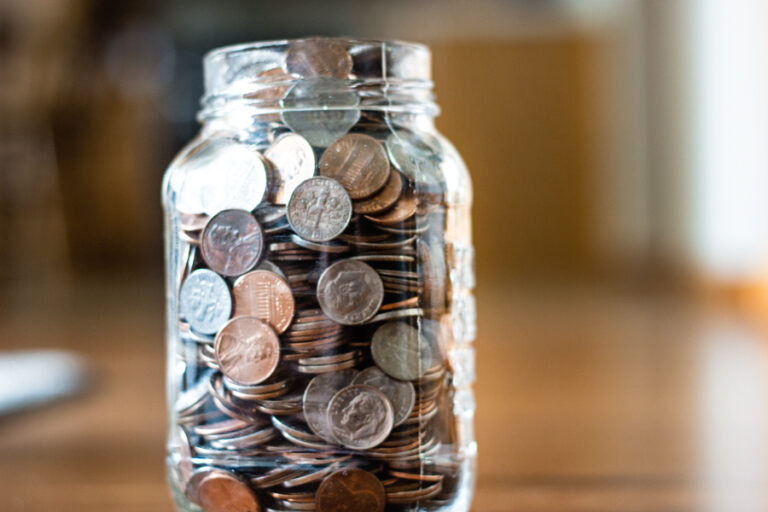
Rachel Sandalow-Ash is a student at Harvard Law School and a member of the Labor and Employment Lab.
Professor Susan Dynarski of the University of Michigan writes in the New York Times about a new economics study that shows the key role that unions have played in reducing inequality in the United States. In addition to improving their own members’ wages and benefits, the study’s authors — Henry Farber, Daniel Herbst and Ilyana Kuziemko of Princeton and Suresh Naidu of Columbia — explain that unions, particularly during periods of high density and militant organizing, “indirectly increased pay at [nonunion] firms nervous that their own employees might organize.” Moreover, unions have lobbied for higher minimum wages and broader access to healthcare and have pushed to lower executive salaries. Professor Dynarski situates this study within a broader debate about the causes of (and therefore solutions to) rising income inequality. Some economists and policymakers believe that rising inequality is caused by “skill-based technological change,” and thus is best solved by investing in education and expanding welfare programs to compensate low-skilled workers. Other scholars and advocates — including the authors of this new study — position the decline of unions and erosion of the minimum wage as central to rising inequality, and thus advocate for policy and legal changes to increase workers’ power on the job.
Adjunct faculty at McDaniel College, who are unionized with the Service Employees International Union (SEIU), have ratified their first union contract. As part of their contract, these faculty won a pay raise and increased job security as well as benefits including a professional development fund, the ability to take courses at the college tuition-free, free parking, and access to the amenities provided to full-time faculty.
Nurses at First Hospital in Kingston, Pennsylvania, also unionized with SEIU, have reached an agreement with hospital management following months of negotiations, a strike, and a lockout. The new agreement raises pay, stems rising health insurance costs, and improves job stability.
Brian Charles reports in Governing that the Janus decision will disproportionately harm black women, who comprise the largest single demographic among public-sector union workers. Because unions combat discrimination and establish transparent and uniform job titles, functions, qualifications, and compensation rates, women and people of color particularly benefit from union membership. The article quotes Randi Weingarten, president of the American Federation of Teachers (AFT), who reports that corporate backed campaigns urging public sector union members to drop their union membership have disproportionately targeted female-dominated unions (such as teachers’ unions) rather than male-dominated police and firefighters’ unions.






Daily News & Commentary
Start your day with our roundup of the latest labor developments. See all
December 19
Labor law professors file an amici curiae and the NLRB regains quorum.
December 18
New Jersey adopts disparate impact rules; Teamsters oppose railroad merger; court pauses more shutdown layoffs.
December 17
The TSA suspends a labor union representing 47,000 officers for a second time; the Trump administration seeks to recruit over 1,000 artificial intelligence experts to the federal workforce; and the New York Times reports on the tumultuous changes that U.S. labor relations has seen over the past year.
December 16
Second Circuit affirms dismissal of former collegiate athletes’ antitrust suit; UPS will invest $120 million in truck-unloading robots; Sharon Block argues there are reasons for optimism about labor’s future.
December 15
Advocating a private right of action for the NLRA, 11th Circuit criticizes McDonnell Douglas, Congress considers amending WARN Act.
December 12
OH vetoes bill weakening child labor protections; UT repeals public-sector bargaining ban; SCOTUS takes up case on post-arbitration award jurisdiction